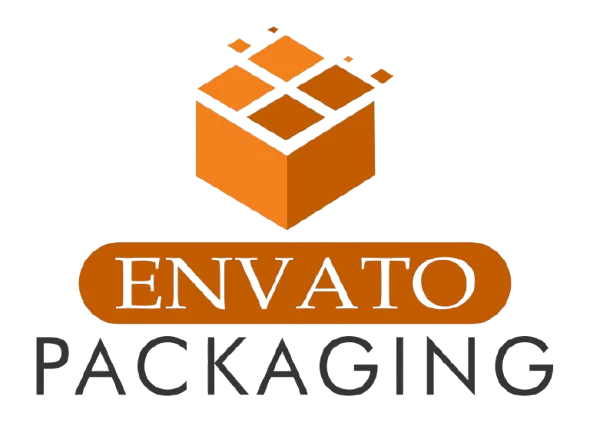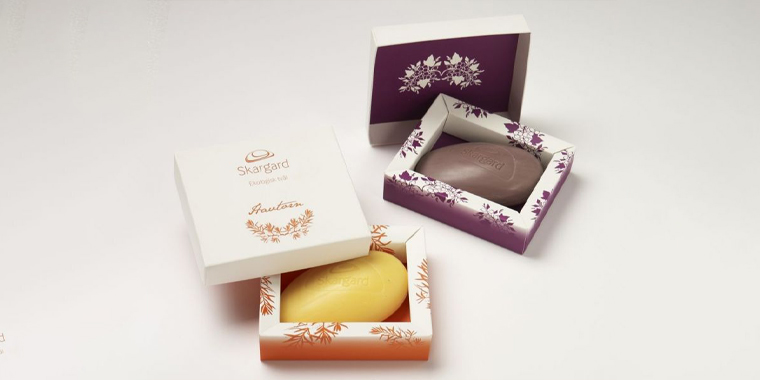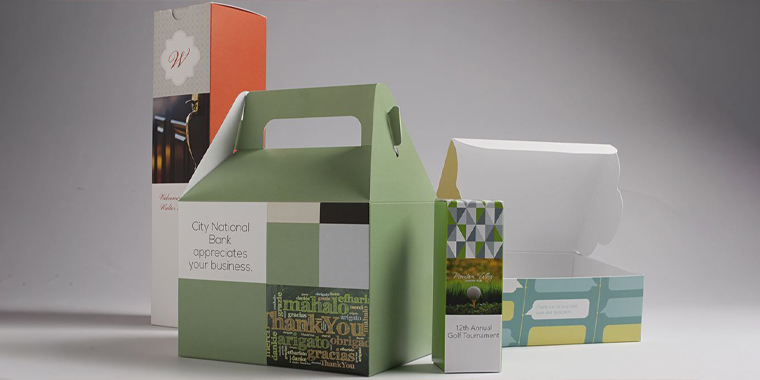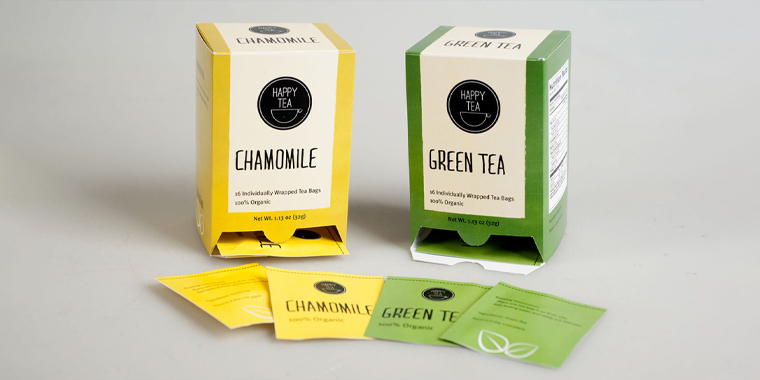**Embossing vs. Debossing: Key Differences, Benefits, and Cost Comparison for Custom Packaging**
As a leading provider of custom packaging solutions, Envato Packaging understands the importance of creating a unique and memorable unboxing experience for your customers. Two popular methods to elevate your packaging game are embossing and debossing. But what are the key differences between these two techniques? In this blog, we’ll delve into the world of embossing and debossing, exploring their benefits, cost comparisons, and how to choose the right one for your custom packaging needs.
*What is Embossing?*
Embossing is a process where a design or logo is raised above the surface of the packaging material, creating a three-dimensional (3D) effect. This technique involves applying heat, pressure, or a combination of both to raise the design, giving it a smooth, curved appearance. Embossing is often used on cards, invitations, and letters, as well as packaging materials like boxes, folders, and envelopes.
*What is Debossing?*
Debossing, on the other hand, is a process where a design or logo is indented below the surface of the packaging material, creating a recessed area. This technique involves applying pressure to push the design or logo into the material, resulting in a smooth, flat finish. Debossing is often used on packaging materials like boxes, folders, and labels, as well as various other materials like plastic, metal, and wood.
*Key Differences and Benefits*
While both embossing and debossing can add a touch of sophistication to your custom packaging, there are some key differences and benefits to consider:
**Visual Impact**: Embossing provides a more prominent visual impact, as the raised design stands out from the surrounding material. Debossing, on the other hand, creates a more subtle, understated look.
**Tactile Experience**: Embossing provides a tactile experience, as the raised design can be felt by the user. Debossing does not provide the same tactile sensation.
**Durability**: Debossing is generally more durable than embossing, as the indented design is less prone to wear and tear.
**Cost**: Embossing is generally more expensive than debossing, due to the additional processing required to raise the design.
*Cost Comparison*
When it comes to cost, embossing tends to be more expensive than debossing. The cost difference can vary depending on the material, size, and complexity of the design. Here’s a rough breakdown of the costs:
**Embossing**:
+ Simple design: $0.50-$1.00 per unit
+ Complex design: $1.00-$2.00 per unit
**Debossing**:
+ Simple design: $0.10-$0.50 per unit
+ Complex design: $0.50-$1.00 per unit
Keep in mind that these are rough estimates and may vary depending on the specific requirements of your project.
*Choosing the Right Technique*
Now that you know the benefits and costs of embossing and debossing, how do you choose the right technique for your custom packaging needs? Consider the following factors:
**Visual Identity**: If you want to create a bold, attention-grabbing visual identity, embossing might be the better choice. If you prefer a more subtle, understated look, debossing could be the way to go.
**Tactile Experience**: If you want to provide a tactile experience for your customers, embossing is a better option.
**Durability**: If durability is a top priority, debossing might be a better choice.
**Budget**: If budget is a concern, debossing could be a more affordable option.
*Conclusion*
In conclusion, embossing and debossing are two popular techniques used to elevate custom packaging to the next level. While embossing provides a bold, attention-grabbing visual impact and tactile experience, debossing offers a more subtle, understated look and added durability. By considering the benefits, costs, and factors mentioned above, you can choose the right technique for your custom packaging needs. At Envato Packaging, we believe that the right packaging can make a significant difference in the way your products are perceived by your customers. Contact us today to learn more about our custom packaging solutions!



